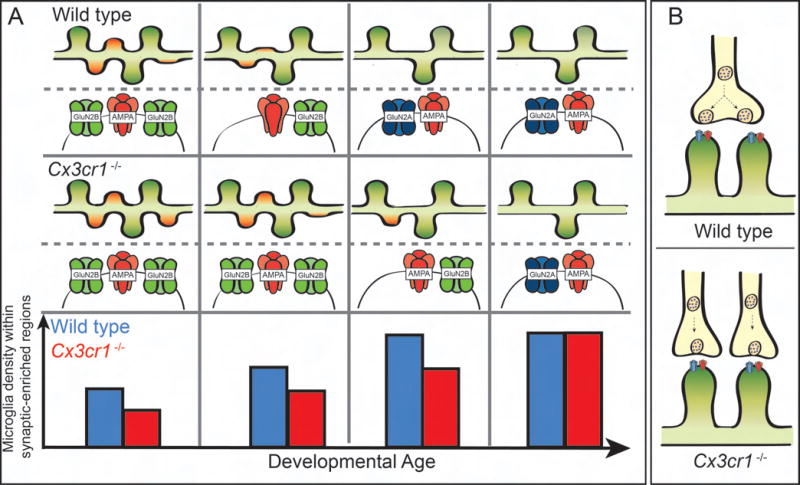Figure1. CX3XR1-deficient mice have delayed synapse maturation and persistent defects in synaptic connectivity.
(a) Top panel, during development in wild type animals, a subset of dendritic spines are pruned away (red spines) leaving the remaining subset to strengthen into mature neural circuits (green spines). In addition, there is a developmental shift from GluN2B (green) to GluN2A (blue)-containing postsynaptic NMDA receptors and an increase in AMPA/NMDA ratio. Middle panel, loss of CX3CR1 leads to a transient delay in spine pruning in the hippocampus and maturation of postsynaptic receptors in the hippocampus and barrel cortex. Bottom panel, once microglia density reaches wild type levels in the CX3CR1 deficient brain, spine density and postsynaptic receptor maturation are indistinguishable from wild type brains. (b) Adult animals deficient in CX3CR1 have decreased multi synapse boutons (MSBs) along the same dendrite in the hippocampus.

